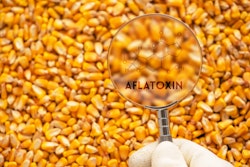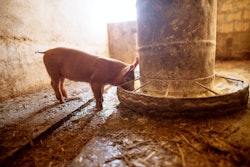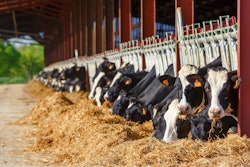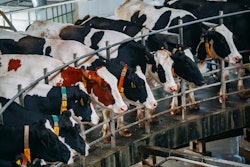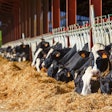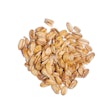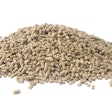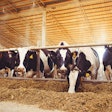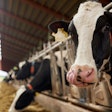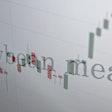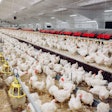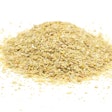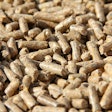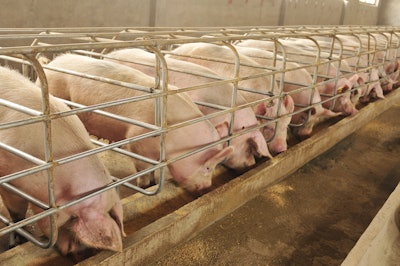
Every summer, producers brace for the same challenge: reduced farrowing rates, smaller litter sizes, and sows that take longer to return to heat. While the biological causes of seasonal infertility are well-documented, this annual slump still catches many operations off guard and costs them more than they realize.
Why summer hits sows so hard
Unlike finishing pigs, sows are reproductively sensitive animals. Heat stress affects them in three key phases:
- Weaning to estrus interval increases, delaying breeding.
- Ovulation quality declines, reducing litter size.
- Embryonic survival drops, especially during the first 30 days of gestation.
The physiological trigger? Core body temperature rising by just 1 degree C is enough to disrupt hormonal patterns, limit feed intake and reduce blood flow to the uterus – all of which undermine reproduction.
Feed intake is the first domino
The root of most reproductive issues is reduced voluntary feed intake. During summer, sows eat less, particularly in lactation, creating a negative energy balance. This delays estrus post-weaning and reduces oocyte quality. But, prevention should start before the heat arrives. By the time the thermometer hits 30 degrees C, it’s often too late to reverse the slump. Instead, focus on proactive measures, starting in late spring:
- Increase energy density of lactation diets using fat sources, without overloading protein.
- Add functional amino acids, which may improve uterine blood flow and embryo survival.
- Use highly digestible ingredients to reduce heat increment from fermentation.
- Supplement antioxidants such as vitamin E and selenium to support immune and reproductive health.
Manage the environment, not just the feed
Even the best feed won’t help if sows are panting in a hot barn. Key practices include:
- Use cooling systems such as drip water lines, evaporative pads or increased ventilation.
- Feed during cooler hours of the day to maximize intake.
- Keep water pressure high and flow unrestricted as hydration is critical for milk production and thermoregulation.
Conclusion
Summer slumps aren’t inevitable, they’re predictable. By planning ahead with smart nutrition, environmental control and reproductive timing, producers can flatten the curve and preserve productivity and profitability through the hottest months.

